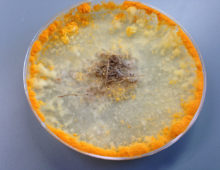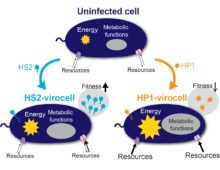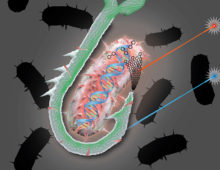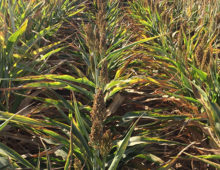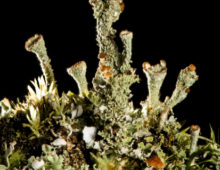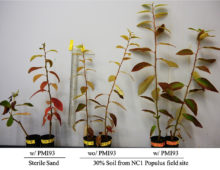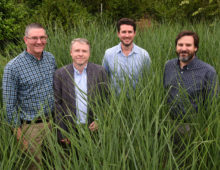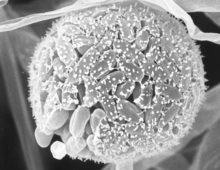How Filamentous Fungi Sense Food
A team led by researchers at the University of California, Berkeley used a multi-omics approach to reconstruct and model gene regulatory pathways used by the filamentous fungus Neurospora crassa, and to identify and decide on the order in which this fungus breaks down plant cell wall materials including lignin, cellulose and hemicellulose. [Read More]
